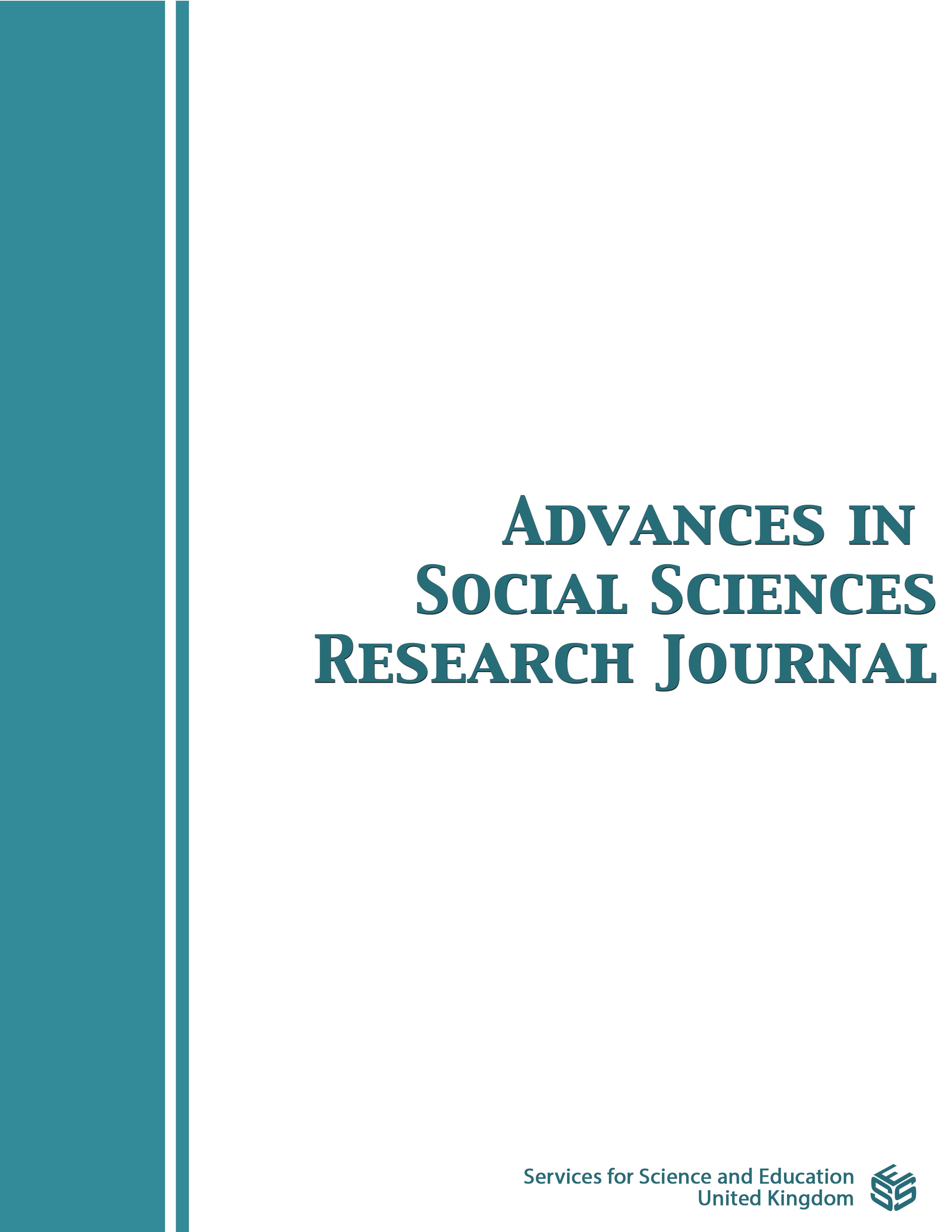Presidential Pardon Granted to Nigeria’s Rev. Jolly Nyame, Joshua Dariye and 157 Others: Delimiting the Confluence Between Morality and Legality
DOI:
https://doi.org/10.14738/assrj.96.12343Keywords:
Pardon, Council of State, Morality, Legality, Constitution and imprisonment.Abstract
The President of the Federal Republic of Nigeria while acting within his constitutional powers as enshrined under section 175 of the Constitution of the Federal Republic of Nigeria 1999 (as amended) and with the approval of the Council of State, pardoned the erstwhile governors of Taraba and Plateau States; Rev. Jolly Nyame, Joshua Dariye and 157 others with respect to the various offences for which they were convicted and serving various terms of imprisonment. There exists genre of mixed reactions arising from the grant of the pardon largely based on the morality involved. This paper using the doctrinal research methodology appraised the presidential pardon granted by delimiting the confluence between morality and legality and observed that it is very vivid from section 175(1), (2) & (3) of the Constitution of the Federal Republic of Nigeria, 1999 (as amended), there is no criterion fixed before the discretion is exercised by the President in consultation with the Council of State. The paper concludes that it will serve no good to an accused/defendant to spend a life incarcerated when he can still be useful to himself and the society and recommended that the wide discretionary powers of the President as well as those of the governors need to be checked by constitutional amendments by providing and or listing the factors/criteria that the President in consultation with the Council of State, would have to take into consideration before the exercise of the said pardon.
Downloads
Published
How to Cite
Issue
Section
License
Copyright (c) 2022 Ibrahim Abdullahi

This work is licensed under a Creative Commons Attribution 4.0 International License.
Authors wishing to include figures, tables, or text passages that have already been published elsewhere are required to obtain permission from the copyright owner(s) for both the print and online format and to include evidence that such permission has been granted when submitting their papers. Any material received without such evidence will be assumed to originate from the authors.






